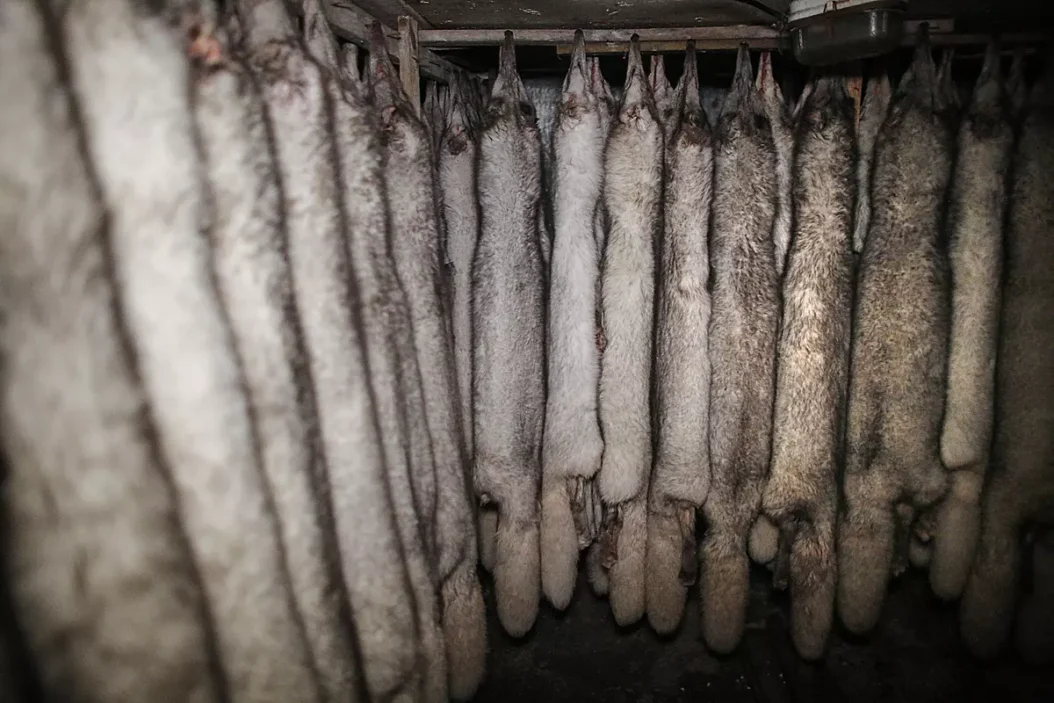Signed into law on Saturday by Governor Gavin Newsom and authored by Assemblywoman Laura Friedman, California’s ban on the sale of fur — taking effect in 2023 — is a first in the nation.
That means 49 to go.
But let’s remember that California is not just any state. It is the fifth-largest economy in the world and largest in the U.S. And it’s a trendsetter. Particularly when it comes to fashion. And the trend-setting is amplified because it is the nation’s entertainment center. Ideas that germinate in California tend to find their way into scripts and storylines and ricochet wherever there are televisions and movie screens and iPhones. Writers, directors, and show runners hand off big ideas to mass culture.
To be sure, the fur industry — which has been around for several hundred years — is not going to unravel overnight.
But make no mistake, this is a game-changer.
On other animal issues, we’ve seen how policy leadership in California sparks changes in the way global companies do business.
When California passed Prop 2, and then the legislature built on it by banning the sale of eggs from cage confinement, it didn’t take long for 150 major retailers to commit to exclusively sourcing eggs from cage-free sources. Those policies have not yet taken full effect — with Walmart, McDonald’s, Kroger, and other big names phasing in the policies — but the trajectory is clear. There’s no future for cage confinement. Even the nation’s biggest egg farmers understand that change is coming.
The California anti-fur policy wasn’t a ballot initiative, as Prop 2 was, but it’s still an expression of popular support. With California lawmakers and the Governor also banning trapping of any kind for commerce in fur or recreation, the state is also demonstrating that it wants no part of fur production, either.
Today, in a world increasingly alert to the pain of animals, there’s a backstory to fur, and any morally conscious person cannot deny it. There’s a story before any fur gets to retail racks or coat closets; trappers set steel-jawed leghold devices in the forests and streams, and an unsuspecting animal trips the device and gets caught in its vise-like grip. The victim cannot tell the story, but we’re cognizant enough of animal intelligence and emotion these days to know, in general terms, what happens.
In recent decades, the tool-box of the furrier has become even more diabolical. Nowadays, wild animals are reared in confinement on fur “farms.” “Ranchers” rear mink or foxes or chinchillas and keep them in the cages until they are ready for pelting. When the time is right, they break their necks, suffocate them with hot carbon monoxide gas, or electrocute them. It might take 15 bobcats to make a single coat or as many as 40 mink for a full-length garment.
Pain is pain. That’s one narrative that’s been one indisputable feature of the fur trade from its earliest incarnation. And this weekend, California took a political step that may indeed doom an animal-use industry that’s been at the center of the American story since inception.
If that day arrives, we can rightly say “good riddance” to this enterprise of stripping off the outer layer of animals for adornment. Human ingenuity already gives us everything we need in the way of clothing. And human morality reminds us to leave behind cruel ways behind, no matter what our attachment is to the historical embellishments.
Wayne Pacelle, author of The Humane Economy: How Innovators and Enlightened Consumers Are Transforming the Lives of Animals, is president of The Center and founder of Animal Wellness Action.
